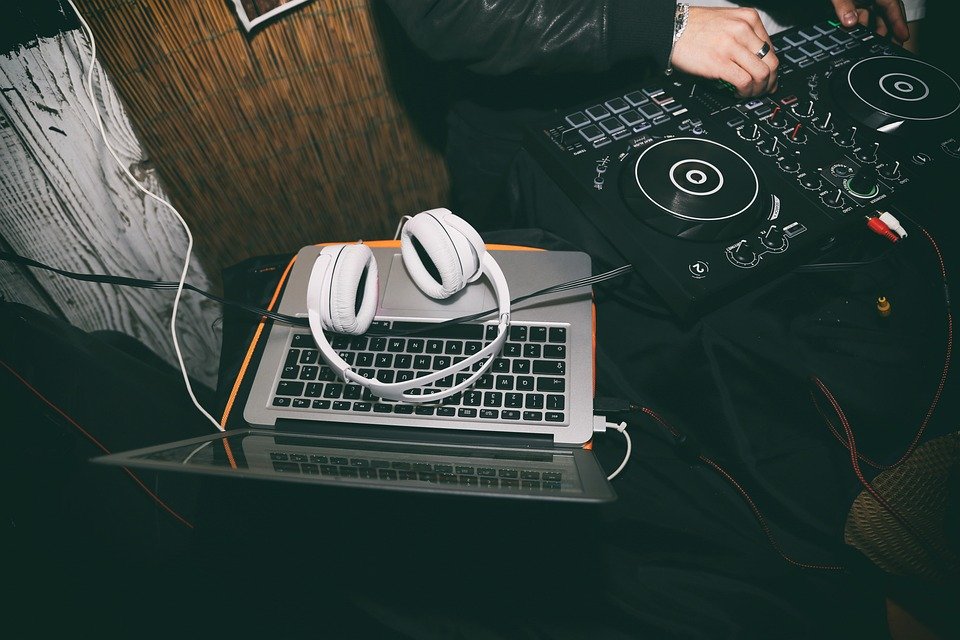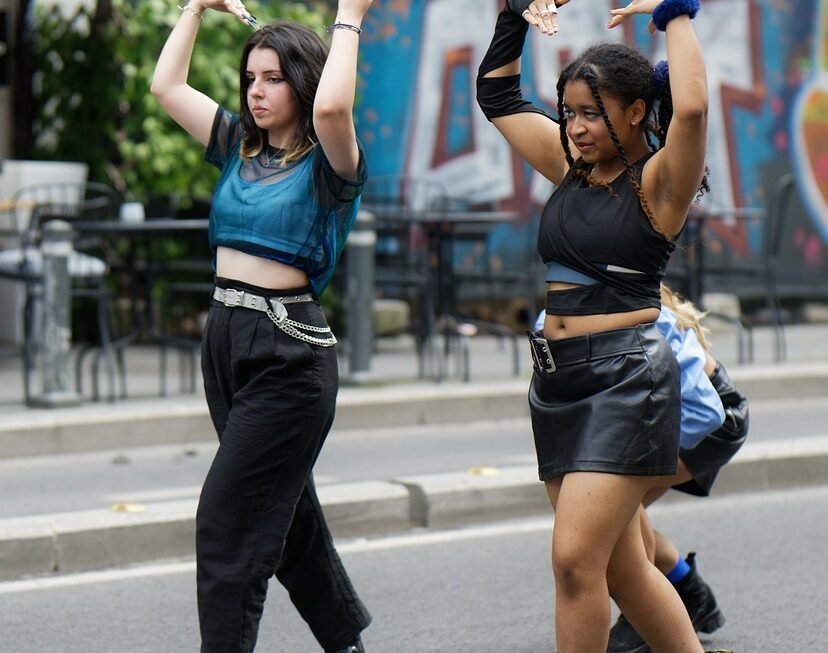Technology and art have long been considered separate worlds, with technology viewed as a tool for creating art rather than a form of artistic expression in itself. However, in recent years, the intersection of technology and art has become increasingly prominent as artists explore the possibilities that technology offers for creating new and innovative forms of artistic expression.
One of the most exciting aspects of technology and art coming together is the potential for collaboration between artists and technologists. For example, artists can work with programmers and engineers to create interactive installations that react to the movements and actions of the viewers, blurring the lines between the creator and the audience. This collaboration can lead to the creation of immersive and engaging experiences that would not be possible without the use of technology.
Another way technology is transforming the art world is through the use of digital tools and platforms. Artists can now create digital artworks using software programs and online platforms, reaching a wider audience and expanding the possibilities for experimentation and creativity. Digital art has opened up new avenues for artists to explore, from virtual reality experiences to interactive multimedia installations.
In addition, advancements in technology have sparked a resurgence in traditional art forms, such as painting and sculpture. Artists are now using technology to push the boundaries of these mediums, incorporating new materials and techniques to create artworks that challenge traditional notions of art. For example, artists are using 3D printing technology to create intricate sculptures that would be impossible to produce using traditional methods.
Furthermore, technology has also had a profound impact on the way art is consumed and experienced. The rise of social media and online platforms has made it easier for artists to share their work with a global audience, connecting with art lovers from around the world. Additionally, virtual reality and augmented reality technologies are transforming the way people engage with art, allowing viewers to immerse themselves in virtual galleries and experience artworks in new and exciting ways.
Overall, the intersection of technology and art is a fascinating and dynamic space that is reshaping the art world in unprecedented ways. As artists continue to explore the possibilities that technology offers for artistic expression, we can expect to see even more innovation and creativity in the world of art. Whether through collaboration with technologists, the use of digital tools, or the integration of new technologies into traditional art forms, the future of art promises to be a truly exciting and transformative journey.




